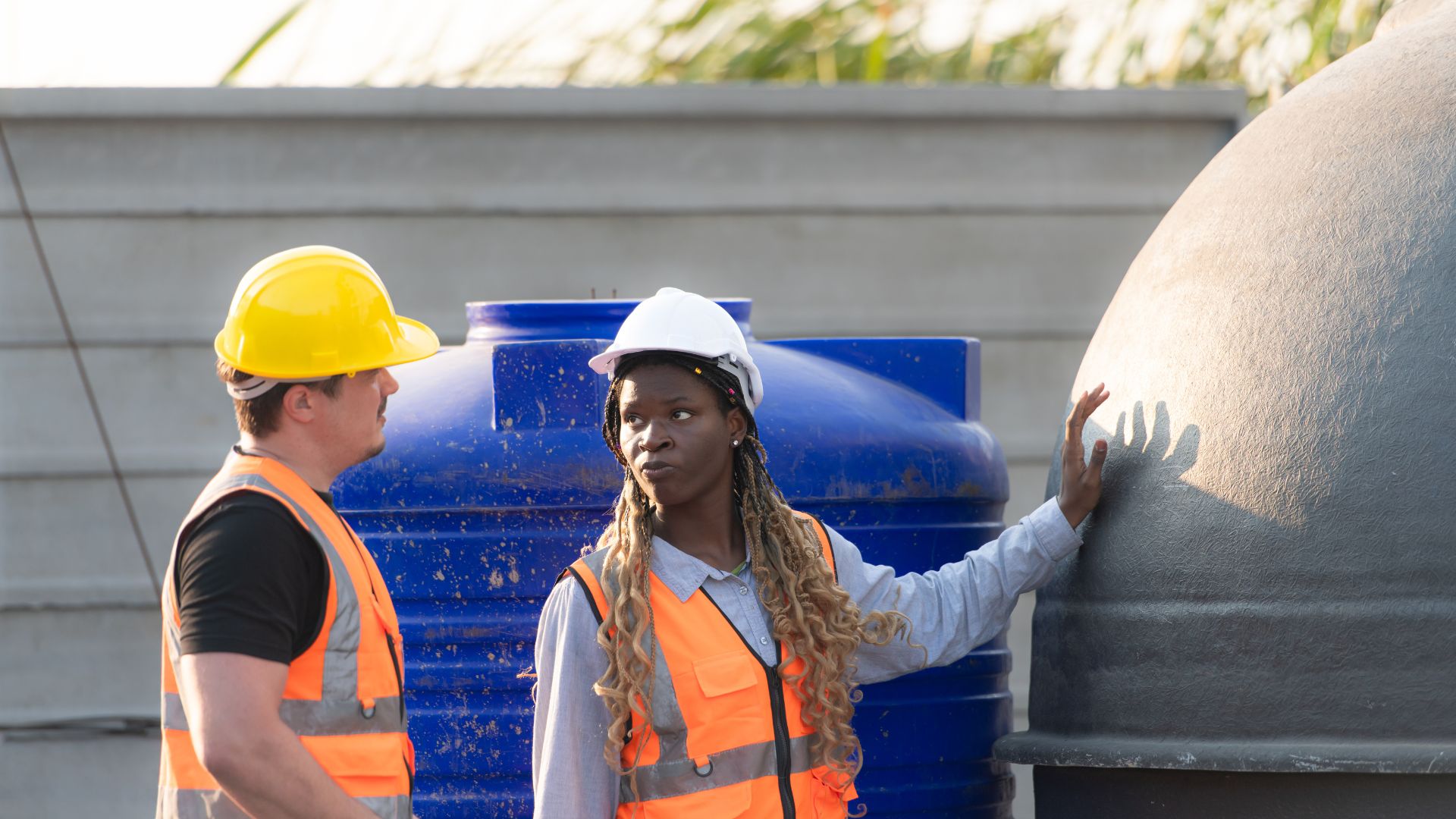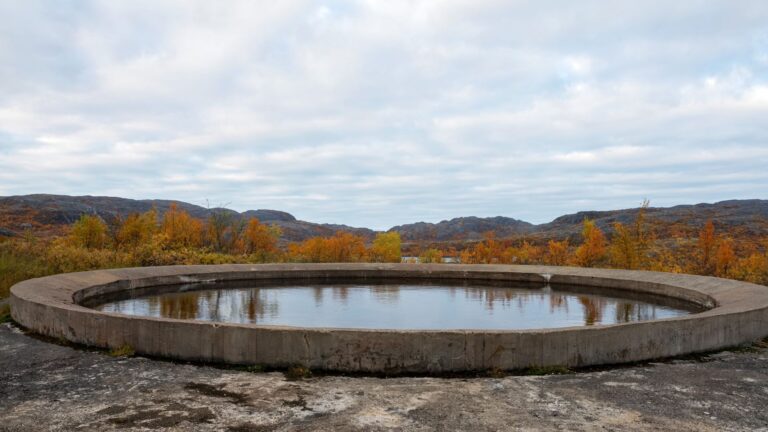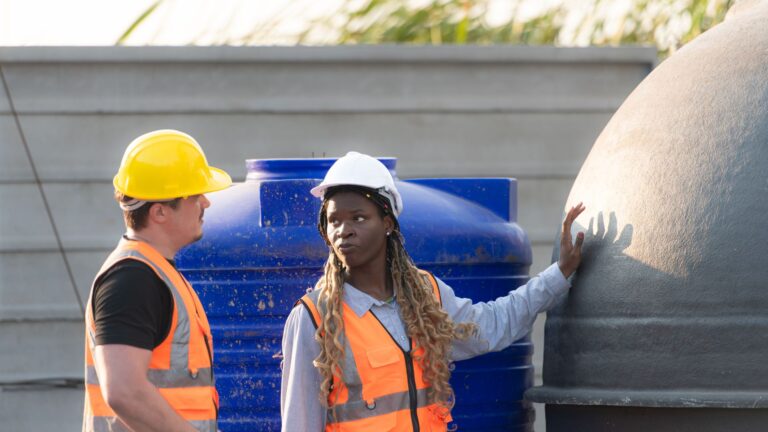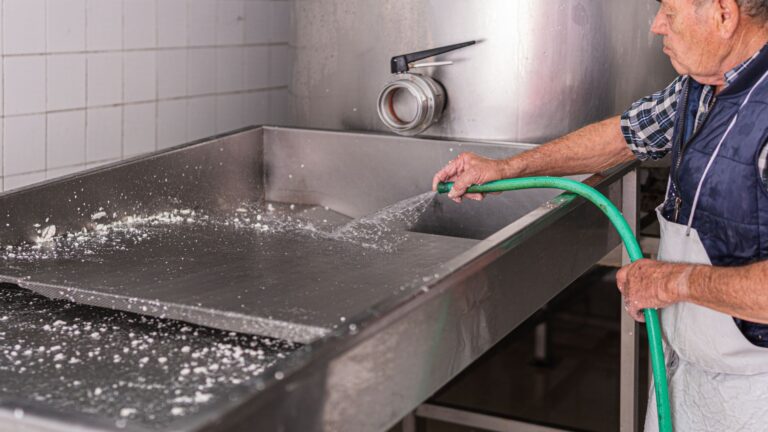Bulk liquid waste refers to a variety of liquid waste, all of which require specialists to manage, handle, transport, and dispose. It’s vital that anyone working with it contacts a professional team.
This is because it does include the usuals of liquid waste, like grease trap waste, septic waste, and common wastewater. It can also come as hazardous or non-hazardous.
Dedicated bulk waste management teams like those at Direct Waste seek to provide an outstanding service that ensures the safe handling and transportation of various types of commercial bulk liquid waste.
This blog explores what liquid waste is and why safe management is important for the environment, the longevity of liquid waste infrastructure, as well as for the safely of those who come into regular contact with it.
What is Bulk Liquid Waste?
Bulk Liquid Waste differs slightly from general liquid waste. The difference, however, is in the name: bulk liquid waste is often larger in volume, but still includes things like grease trap waste and septic waste.
Most bulk liquid waste is stored in large volume containers like holding tanks. This means that it requires a specialists and dedicated team, because moving wastewater is slightly more complex than moving household trash.
Additionally, poor management can result in leakages, contaminations, and spills.
Two Types of Liquid Waste
When it comes to liquid waste, you can sort it into two main groups: organic and inorganic. Each group is handled very differently because they behave in separate ways.
Organic Liquid Waste and Inorganic Liquid Waste
Organic liquid waste includes leftovers from food, farm run-off, and water that only has natural material in it. In contrast, inorganic liquid waste has synthetic chemicals, heavy metals, or cleaning agents inside, making it easier for harmful matter to spread.
Because organic waste is mostly food or plant matter, it is usually much less dangerous. Handlers can put it in a bin, turn it into compost, and call it done with only basic gloves and a lid.
Liquid inorganic waste, however, can leak, stink, and even poison soil, so it needs strict labeling, special containers, and trained staff.
Disposal of Liquid Waste
Businesses and homes that follow nine simple steps, from separating waste to using certified pickups, keep staff safe and cut clean-up costs. These steps fit the waste hierarchy everyone recognises, which puts reducing first and safe disposal last.
Good liquid waste handling means collecting spillage quickly, sealing drums tight, and never pouring chemicals down drains. When workers make it a habit, plants stop losing money to leaks or fines.
Prevention of Liquid Waste
Still, the best way to stop liquid waste is to never create it in the first place. Cutting corners in design, production, or cleaning adds hidden costs; smarter equipment, measured formulas, and staff training all trim extra flows.
This green move helps businesses own up to their carbon footprints while building a reputation for caring about society as a whole.
Liquid Waste Reduction
Waste reduction is all about making less trash in the first place so fewer bags end up in landfills or roadside dumps. Leading with reduction, towns and cities then turn to steps such as recycling, composting, and upcycling, following a clear ladder of options.
By caring for resources in this way, communities get cleaner parks, fresher air, and the hopeful feeling that change is real, along with the planet gaining valuable breathing room.
Liquid Waste Reuse
Waste reuse, much like recycling, means turning old items straight back into usable goods rather than breaking them down to raw material first. Doing so keeps junk from piling up and also trims the bills companies pay when they make new products.
Money talks, of course, and what seems cheap to one person might feel pricey to another, yet every time an object is reused instead of tossed, the whole economy steadies just a little. Each extra life saves trees, slashes power needs, and helps keep soot and plastic out of oceans worldwide.
Recycling Liquid Waste
Recycling means taking old materials and turning them back into something useful. By doing this, factories can make new products more easily, and much less rubbish ends up in a landfill. That, in turn, saves the natural resources we would otherwise dig up or chop down.
The benefits of recycling go well beyond the bins. It clears space in landfills and can also lower the overall costs of moving goods through supply chains. Those savings can matter to a business bottom line and to households paying bills.
Liquid Waste Recovery
“Waste recovery” describes the process of pulling valuable stuff out of what we usually call rubbish. The main goal is to keep that material from piling up in a landfill while bringing back its lost value. It can show up in big ways, like waste-to-energy plants that burn plastics or spoiled food for power, or in small acts such as composting kitchen scraps.
Much like the broader idea of sustainability, waste recovery aims to get more from what we already have while protecting the planet. By using fewer fresh resources and dealing with leftover rubbish smartly, we shrink our overall footprint.
Liquid Waste Management
Liquid waste management is exactly what it sounds like: the careful collection, treatment, and disposal of any unwanted liquids a company produces. Because some liquids can be dangerous, businesses usually bring in specialist teams to remove it safely and legally.
This step is crucial when the waste is hazardous. Chemicals, solvents, or any liquid that might burn, poison, or spread disease can threaten workers, neighbours, and ecosystems if spilled.
To keep such waste contained, companies must set up tanks and drums that hold liquids separate from everyday rubbish. These sturdy containers act as a barrier so spills never mingle with solid refuse.
With less toxic streams, much like sewage, they eventually flow to approved facilities, such as municipal water-treatment plants, where skilled operators purify the water before releasing it back into rivers or seas.
Spill and Contamination Prevention
Liquid waste has an uncanny way of sneaking out of its cradle and spreading through soil or drains. Pouring even a teaspoon on the ground can start a quiet disaster.
Trained crews work hard to avert those leaks, yet every manager must plan for the mess, particularly when the fluid carries hazardous traits.
When a pipe cracks or a drum tips, an experienced response team leaps in. They suit up, block the spread, and clean the scene without endangering themselves or nearby communities.
Their know-how also is priceless long before an accident strikes. It shows facilities how to tighten seals, upgrade pumps, or simply arrange storage so falls never start.
Every business, home, or factory that handles liquid waste needs to mix two things: keeping spills from ever happening and being ready to clean them up quickly.
Closing Thoughts
Bulk liquid waste management gets right into the necessity of ensuring that the right waste streams are used. Not only does this ensure safety, but it allows for the possibility of waste management techniques like resource recovery, safe transportation, and safe processing.
Luckily, this does not need to be tackled alone. Companies like Direct Waste offer bulk liquid waste services that follow EPA compliance rules and ensures that you, your systems, and your team are taken care of.





